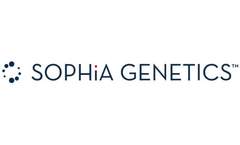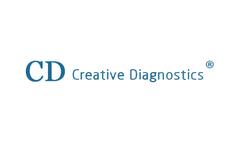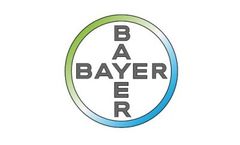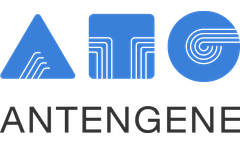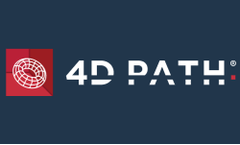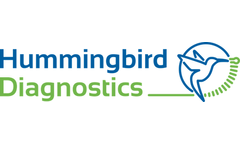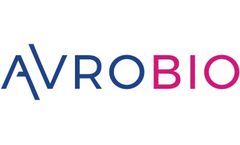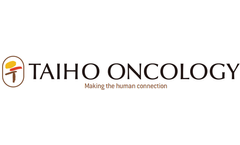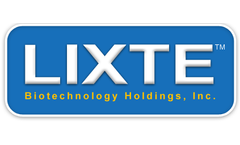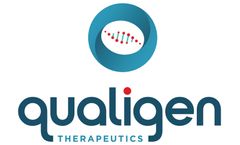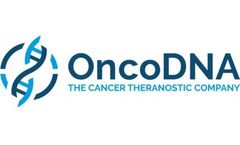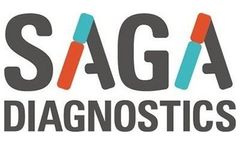Oncogene Articles & Analysis
31 news found
While approved targeted agents are available to treat several types of oncogenic mutations, patients whose cancers harbor oncogene amplification typically do not derive the same benefit. Oncogenes can be amplified not only on chromosomes but also on ecDNA, which are cancer-specific, circular fragments of DNA that are a root cause of ...
Customers benefit from the three analytics modules by selecting applications that best suit their needs: Genomics: Ingests genomics FASTQ and VCF data to efficiently call, annotate, and pre-classify oncogenic or pathogenic variants. Radiomics: Processes data from various imaging modalities (e.g., CT scans, PET-CT, MRI), segments anatomical areas of interest, and extracts ...
P53 is involved in a number of pathways that affect oncogenic biological processes, including cell proliferation, G2/M phase, and apoptosis. Under excessive oncogenic stress, activation of p53 induces senescence and cell cycle arrest, which is an important regulatory mechanism for tumor suppression. P53 tumor suppressor function may also act through recruitment ...
Another key focus at Bayer is on innovative precision oncology treatments, with an approved TRK inhibitor exclusively designed to treat tumors that have an NTRK gene fusion, the oncogenic driver of tumor growth and spread. The company’s approach to research 2prioritizes targets and pathways with the potential to impact the way that cancer is treated. ...
ByBayer AG
At present, the research on the mechanism of abnormal cell proliferation, differentiation, and carcinogenesis is mainly divided into three categories: activation of dominant transformation proto-oncogene through translocation and mutation, inactivation of tumor suppressor gene through mutation, and disorder of DNA repair gene. ...
By blocking the nuclear export protein XPO1, XPOVIO® can promote the intranuclear accumulation and activation of tumor suppressor proteins and growth regulating proteins, and down-regulate the levels of multiple oncogenic proteins. XPOVIO® delivers its antitumor effects through three mechanistic pathways: 1) exerting antitumor effects by inducing the intranuclear ...
By blocking the nuclear export protein XPO1, XPOVIO® can promote the intranuclear accumulation and activation of tumor suppressor proteins and growth regulating proteins, and down-regulate the levels of multiple oncogenic proteins. XPOVIO® delivers its antitumor effects through three mechanistic pathways: 1) exerting antitumor effects by inducing the intranuclear ...
The publications addressed that the majority of druggable targets that drive oncogenic vulnerability are not expressed in a uniform or homogeneous manner throughout tumor tissue. ...
“Patients with advanced, non-oncogene-driven, non-small-cell lung cancer (NSCLC) with high PD-L1 expression are eligible for treatment with immunotherapy. ...
Significant improvements in gait and wire hang functions after gene therapy were also observed seven months post gene therapy Additionally, glycogen was reduced >95% in the brain and >99% in the spinal cord, improving locomotor function and demonstrating that modified HSCs crossed the blood-brain barrier where their offspring produced functional protein Importantly, the data show a ...
As a result, our diversified pipeline is strategically built with assets that activate the immune system or inhibit key oncogenic drivers across a wide range of modalities, each with the potential to be the best or first in their class. ...
In brief, LIXTE’s first-in-class lead clinical compound and protein phosphatase 2A (PP2A) inhibitor, LB-100, induces further activation of oncogenic signaling in a number of KRAS-mutant cancers, rendering them particularly vulnerable to anti-cancer therapy. ...
“Immunotherapy has revolutionized the treatment of non-oncogene-driven advanced cancers, yet only approximately 30 percent of patients respond favorably to these treatments. ...
” Mutant RAS is the most common cancer oncogene, present in one quarter of all cancers. It acts as a “hub” that activates multiple effector pathways to promote cancer growth. ...
The investigational compounds within Qualigen’s RAS-F family of RAS oncogene protein-protein interaction inhibitor small molecules are believed to inhibit or block the binding of mutated RAS genes’ proteins to their effector proteins, thereby leaving the proteins from the mutated RAS unable to cause further harm. ...
The compounds within Qualigen’s RAS-F family of RAS oncogene protein-protein interaction inhibitor small molecules are believed to inhibit or block the binding of mutated RAS genes’ proteins to their effector proteins, thereby leaving the proteins from the mutated RAS unable to cause further harm. ...
Hanafusa's lab, he identified several new tyrosine kinase oncogenes that had been captured by RNA tumor viruses and identified their cellular homologs. ...
The compounds within Qualigen’s RAS-F family of RAS oncogene protein-protein interaction inhibitor small molecules are believed to inhibit or block the binding of mutated RAS genes’ proteins to their effector proteins, thereby leaving the proteins from the mutated RAS unable to cause further harm. ...
Biopsy samples and imaging data will be collected from subjects with non-small cell lung cancer (NSCLC) to chart a non-invasive radiomics atlas of oncogenic biomarkers based on imaging features of computed tomography scans ("RATLAS"). ...
Twenty-four of the most common oncogenic PIK3CA mutations are detected, including the hotspot variants such as E542K, E545K, and H1047R. ...

